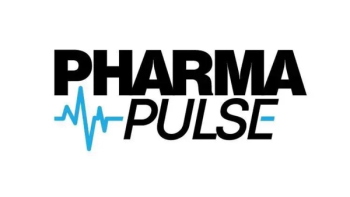
- Pharmaceutical Commerce - November/December 2011
IMS Health weighs in with its analysis of drug shortages
Production volumes are actually up for some short-supply drugs, indicating a disconnect between manufacturers and the marketplace. Meanwhile, NCPD fights ‘price gouging’ claim
The topic of drug shortages continues to draw attention in the aftermath of President Obama’s executive order to address the problem, which continues to worsen. IMS Health’s Institute for Healthcare Informatics, which does broadbased research on drug utilization trends, issued a report in early November finding that for over half of current short-supply drugs, production and revenues have been stable or actually increased over the past five years, belying the belief that price cuts have led to production shortfalls. (However, the remaining portion has shown dramatic declines, with seven products now having no supplier.) At the same time, there is “unprecedented” volatility in volumes in the past 12 months, as compared to the prior four years. Production volumes at individual suppliers have swung rapidly, and when there are two or fewer suppliers (which is the case for 51% of the drugs) demand at one supplier swings wildly when the other has a production shortfall.
IMS looked at pricing, finding that overall, for the 168 drugs it analyzed, annual sales have increased from $3.2 billion in the twelve months ending Aug 2007 to $4.3 billion for the 12 months ending Aug 2011 (a 25.6% increase; over the same period, aggregate injectable volume increased by 4%). However, IMS’ pricing data is based on wholesaler invoices, and doesn’t include off-invoice discounts and rebates, which are commonplace in contracts with GPOs.
There is an “acute” decline in monthly per capita usage of more than 30% in 13 states (AR, AZ, DE, FL, HI, KY, MA, MD, NJ, NV, OH, SC and WV), when looking at the segment of drugs whose production has declined. Whether this is an effect of uneven distribution patterns, or changes in patient care locations or practices, is unclear.
IMS concludes with a recommendation for an FDA or industry “early warning system,” which would include risk identification, demand forecasting, a volatility index and predictive modeling. “We see inconsistencies in the current system, which has varying definitions of ‘medically necessary’ drugs, what a shortage is, and how production disruptions are reported by manufacturers. The early warning system we describe would seek to increase clarity and consistency on all of these points,” concludes Murray Aitken, executive director at IMS Informatics.
Independent distributors fight back
Meanwhile, the National Coalition of Pharmaceutical Distributors (NCPD, Washington, DC), which represents small distributors, has countered the claim from, among others, the Premier health alliance GPO, that “price gouging” is occurring when their members provide short-supply drugs at markups higher than GPO contract prices. The numbers in the original Premier analysis were “drastically miscalculated,” according to Pat Earl, affiliated with NCPD. “GPOs have created a market that is anticompetitive and exclusionary, which actually leads to shortages and higher prices on alternative products in times of market disruptions.”
Articles in this issue
about 14 years ago
CMS issues Sunshine Actabout 14 years ago
More actions by GPhA and Obama Administration to address drug shortagesabout 14 years ago
Cold Chain Technologies extends ambient-temperature packaging lineabout 14 years ago
UPS Healthcare Logistics adds to network with an Italian acquisitionNewsletter
Stay ahead in the life sciences industry with Pharmaceutical Commerce, the latest news, trends, and strategies in drug distribution, commercialization, and market access.




